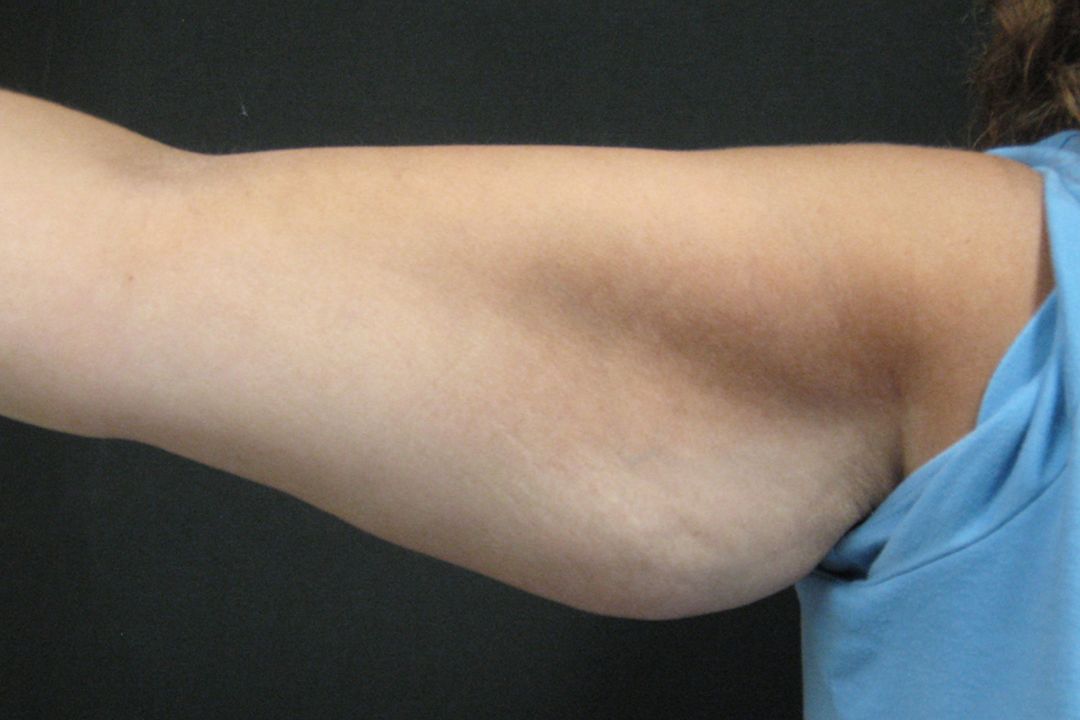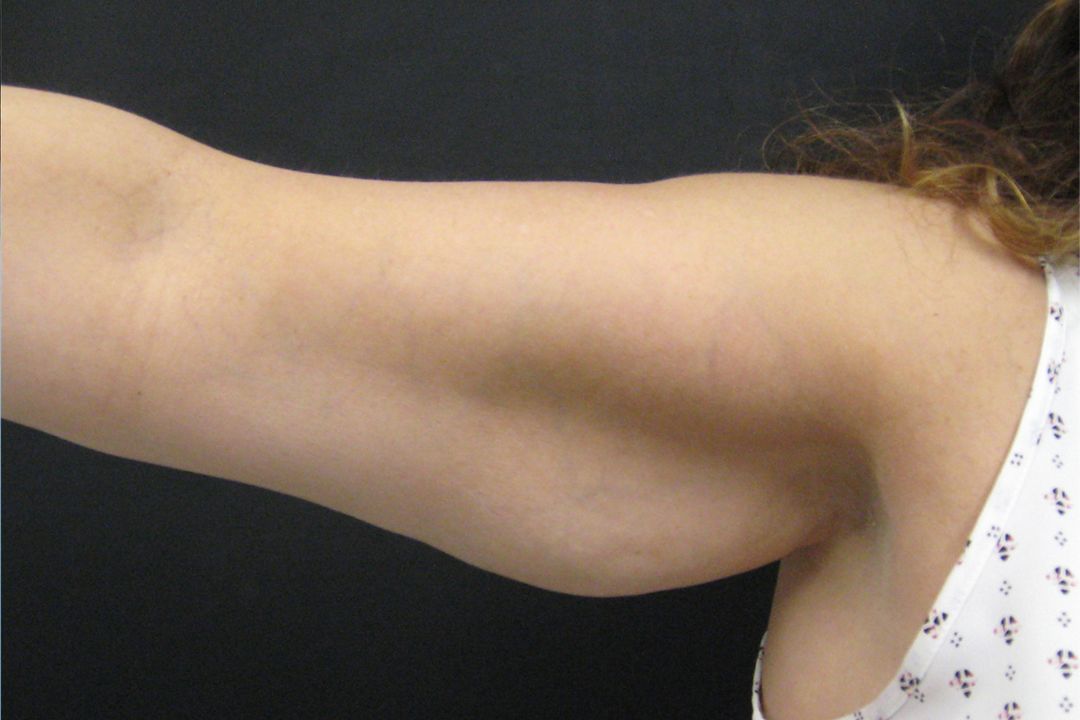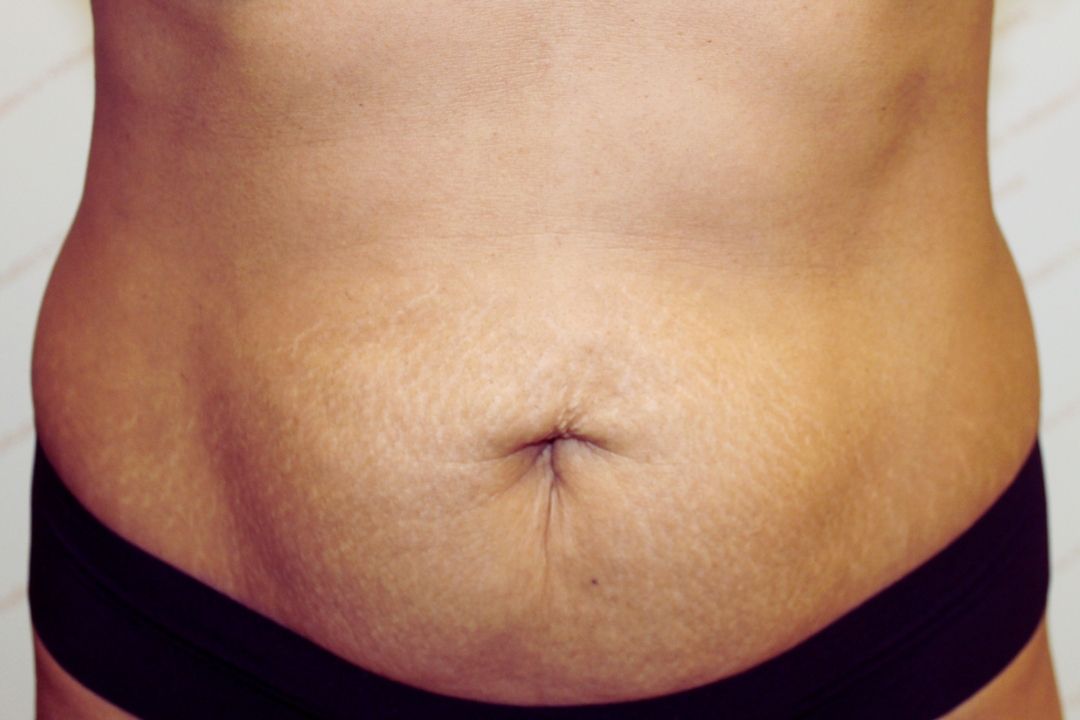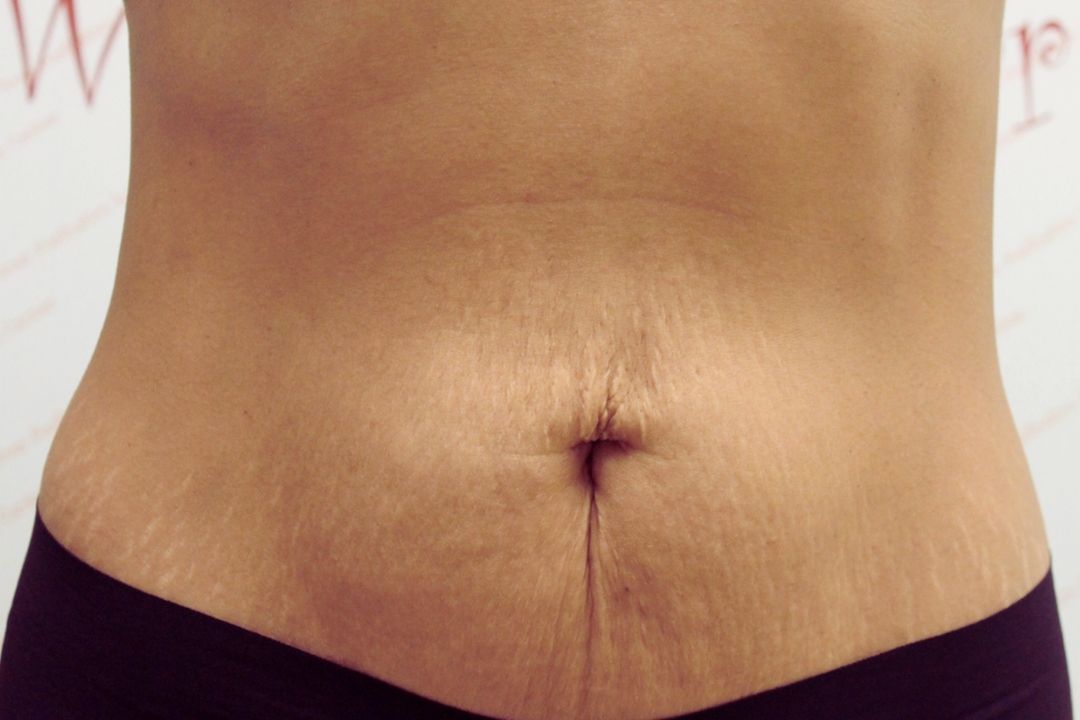Body Contouring
- Home
- Body Contouring
body contouring
Body contouring is a non-surgical cosmetic procedure that involves using various techniques to sculpt and shape the body to achieve a more toned and proportionate appearance. It can target areas such as the abdomen, thighs, arms, and buttocks.
What conditions is body contouring recommended for?
Body contouring is recommended for individuals who have excess skin and fat in specific areas of the body that they are unable to get rid of through diet and exercise alone. It is also suitable for individuals who have lost a significant amount of weight and are left with loose, sagging skin.
What are the treatment areas for body contouring?
Body contouring can be performed on various areas of the body, including the abdomen, hips, thighs, buttocks, arms, and breasts.
How long does body contouring last?
The results of body contouring can be long-lasting, but maintaining the results requires a commitment to a healthy diet and exercise routine. The duration of the results can vary depending on the individual’s lifestyle factors and aging process.
Will it hurt?
Body contouring procedures are typically performed under local anesthesia or sedation, so patients should not feel any pain during the procedure itself. However, some discomfort and soreness may be experienced after the procedure, and pain medication may be prescribed to manage any discomfort.
Is body contouring safe?
Body contouring procedures are generally considered safe when performed by a qualified and experienced health professional. However, like any medical procedures, there are potential risks and complications, such as bleeding, infection, and anesthesia-related issues.
Avoid if body contouring:
Body contouring may not be suitable for everyone. Patients who are significantly overweight, have a history of blood clots or heart disease, or are pregnant or breastfeeding should avoid body contouring procedures.
After treatment care:
After body contouring, patients may experience some swelling, bruising, and discomfort in the treated area. It is important to follow all post-procedure instructions provided by the doctor, which may include wearing compression garments, avoiding strenuous activity, and taking pain medication as directed. Patients should also maintain a healthy diet and exercise regularly to maintain their results.
Body Contouring Before and After




